Human Remains of Over 177 Individuals Dating Back 8,000 Years Unearthed From Florida Bog
Several decades ago, archaeologists were called to a site in Florida after a team of construction workers stumbled upon the remains of over 170 humans dating back to the Stone Age.
The well-preserved nature of the bodies has not only shed valuable insight into the ancient humans who once lived in the US but also challenged a previously held notion in the biological world.
Workmen Stumble Upon Fascinating Discovery in Florida
In 1982, a team of construction workers was in the process of creating a new road near Titusville in Brevard County, Florida, when they began coming across the remains of human skulls.
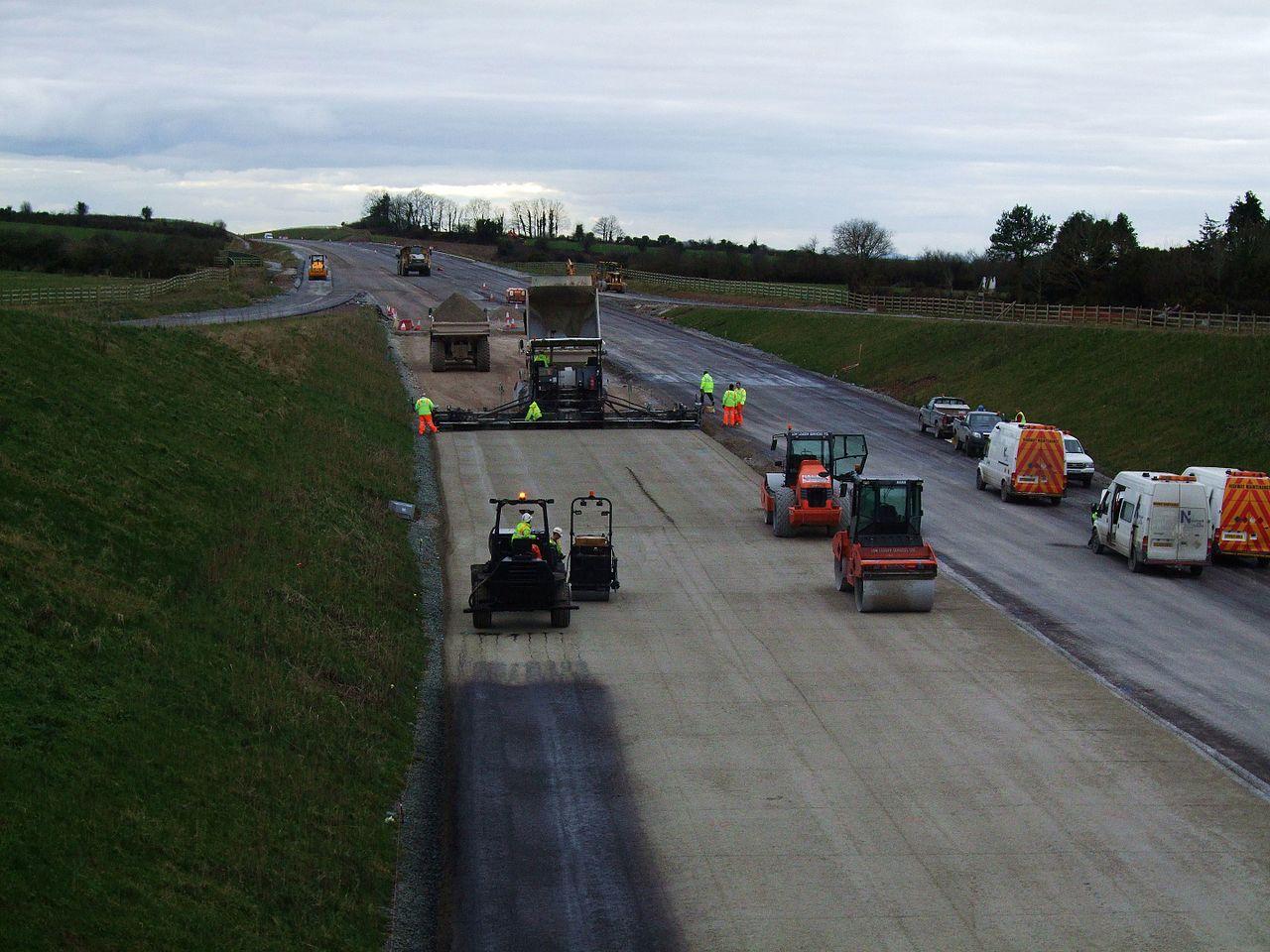
Source: Wikimedia
Immediately, they contacted the authorities, and archaeologists were sent to the site to investigate. What the workers had just stumbled upon would soon be recognized as one of the most significant Native American bog burials ever discovered in the US.
The Discovery of 177 Native Americans
From around 1984 to 1987, archaeologists conducted an excavation at the site and discovered the remains of around 177 Native Americans who lived in the region surrounding Windover Pond around 7000 to 8000 years ago.
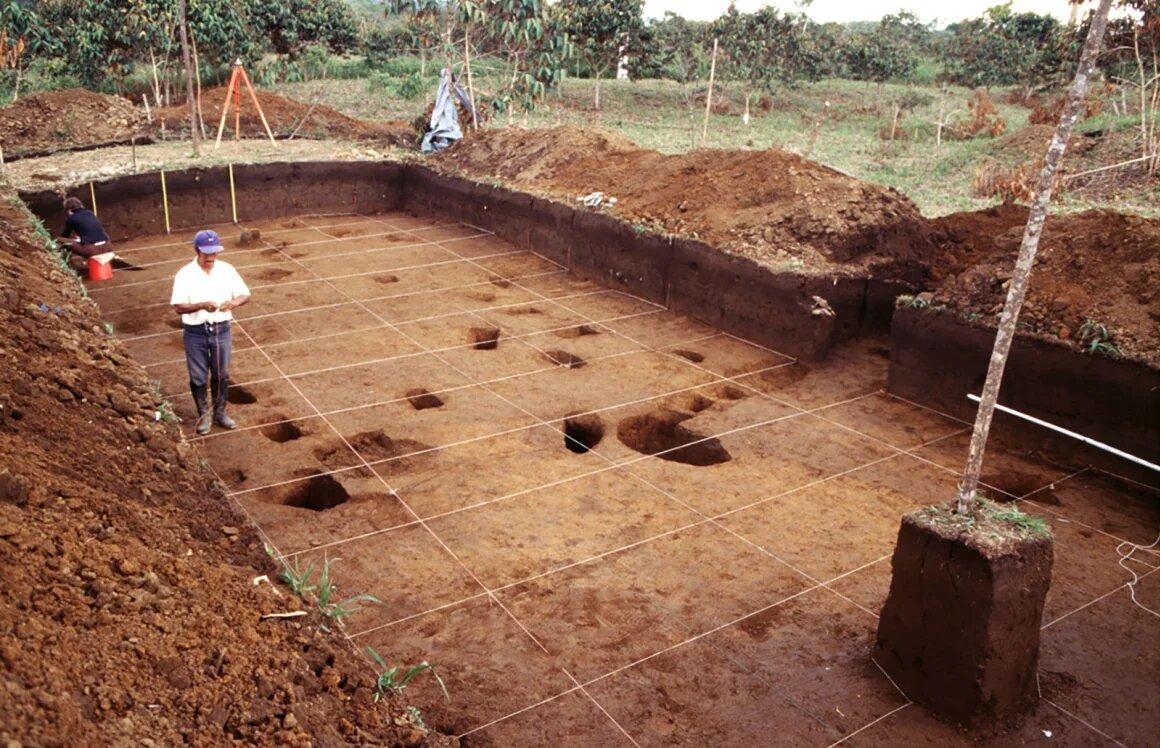
Source: Wikimedia
The dirt of the shallow pond had turned to peat over its long history, persevering the bodies in the process.
The Remarkable Preservation of the Bodies
After explaining many of the remains, researchers were shocked by the remarkable preservation of the bodies, some of which still had brain tissue.

Source: Wikimedia
The discovery of preserved brain tissue challenges the previously held notion that brains don’t preserve well. Further research on the remains may give biologists a better understanding of the squishy-thick organ and the circumstances under which it is best preserved.
The Beauty of Bogs
Bogs, which are one of the four main types of wetlands, gradually accumulate decaying plant material, causing the bog to function as a carbon sink.
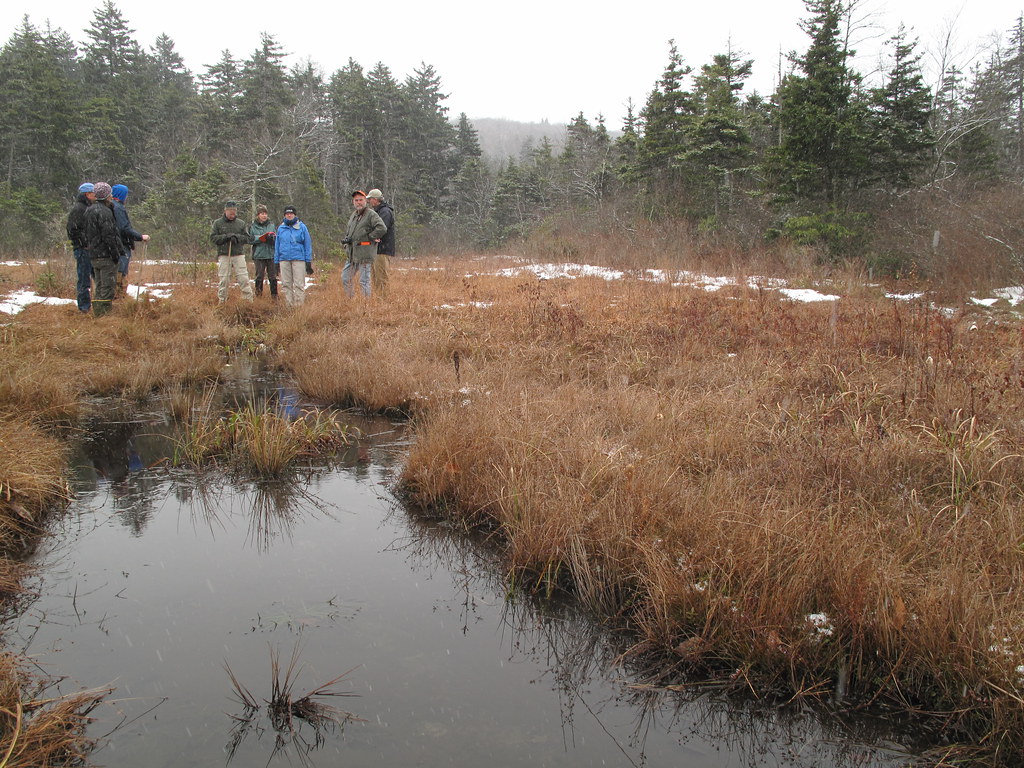
Source: U.S. Fish and Wildlife Service Southeast Region/Flickr
A carbon sink is a filtration process that can remove greenhouse gasses, an aerosol, or precursors of greenhouse gasses from the atmosphere. But the lack of oxygen in the bog makes it a great place to preserve history.
Nothing Decays in a Bog
The lack of oxygen in the stagnant bog water, plus acids released from the plants in the wetland, makes it impossible for bacteria to live. Without bacteria, dead things can’t decompose.
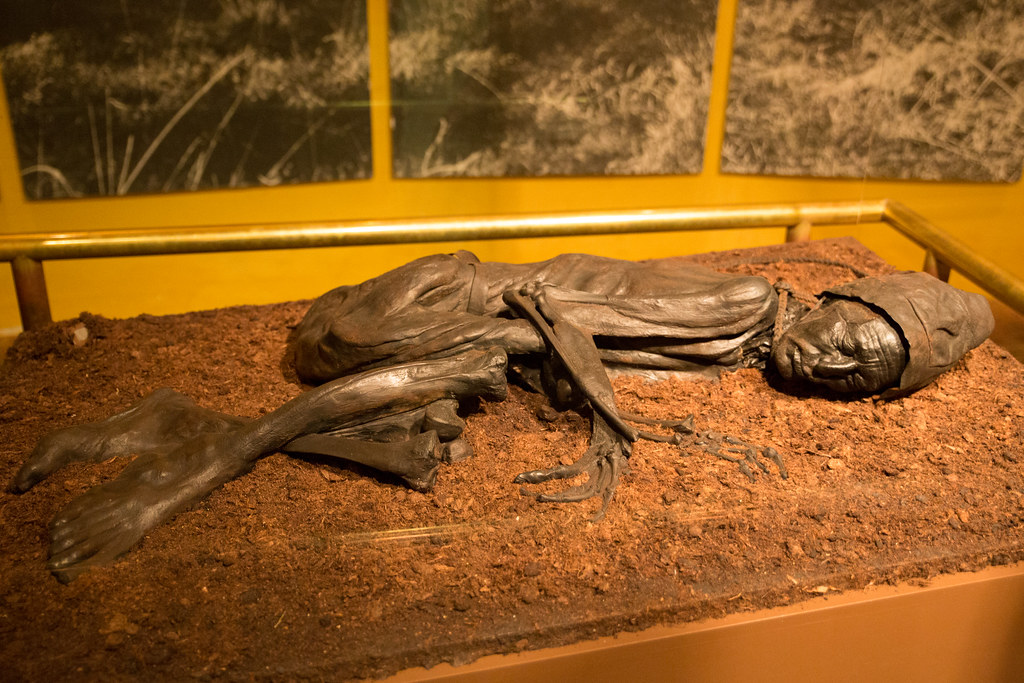
Source: Jeroen Van Nieuwenhove/Flickr
The Tollund Man, discovered in the 1950s in a bog near Silkeborg, Denmark, is the most famous case of a well-preserved body. His physical features were so well preserved that someone mistook him for a recent murder victim.
Challenging Task for Archaeologists
Despite the bodies being in a well-preserved state, once archaeologists remove them from the bog, they begin to decompose rapidly, making their job even more challenging.

Source: Wikimedia
Archaeologists were against the clock and had to ensure the peat stayed moist, which shielded the bodies from decomposition. However, they also had to remove just enough water to safely remove the bodies from the bog.
Archaeologists Employ Unique Technique
To safely remove the bodies, archaeologists set up a system that included over 158 well points spread around the entire pond, which allowed them to slowly lower the pond’s water level.
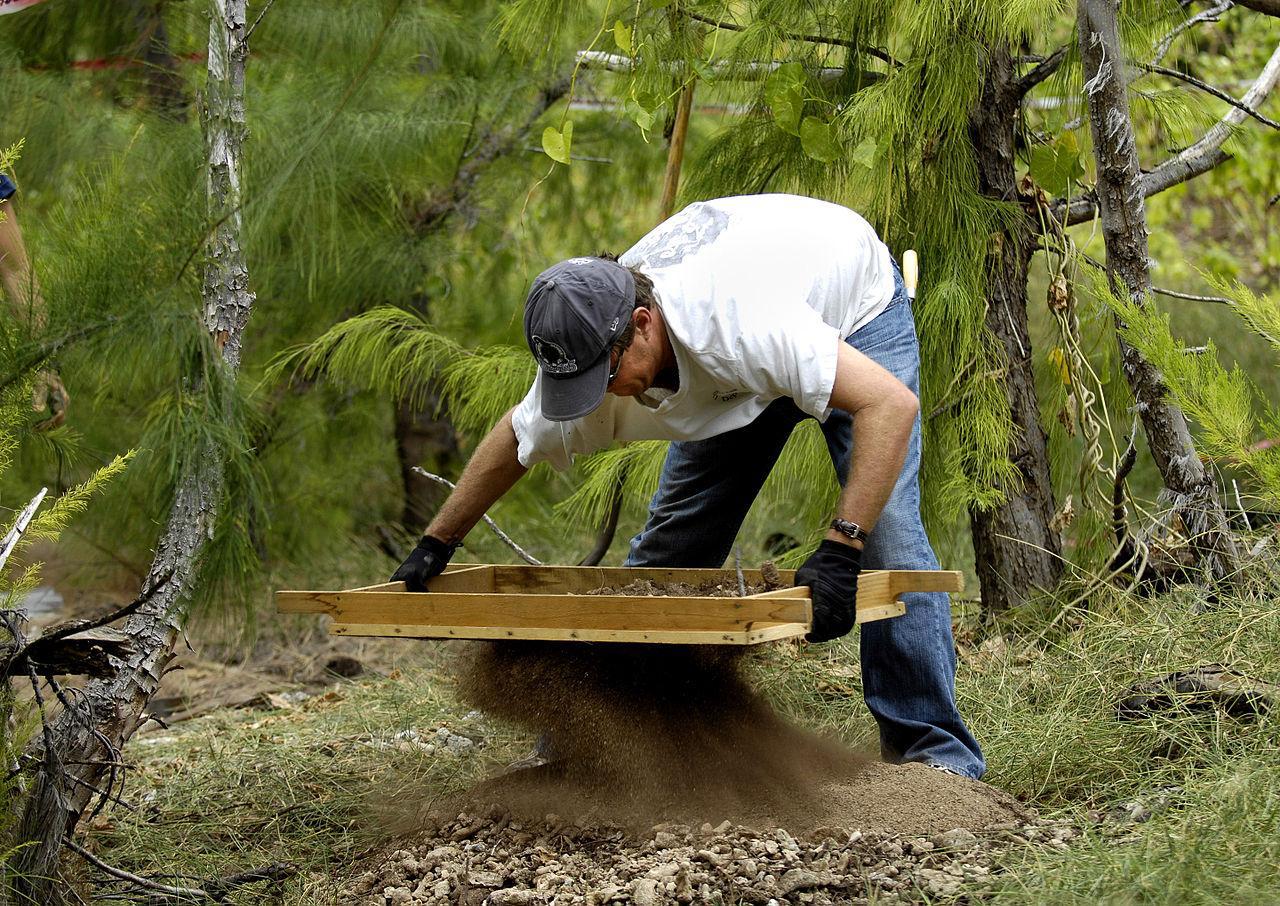
Source: Wikimedia
Then, they proceeded to use specific wooden tools to gently remove the peat that had collected around the bones, allowing them to safely remove the remains.
Bog Bodies Related to One Another
Due to the incredible number of remains recovered from the site in Florida, the Windover site is recognized as one of America’s largest-ever bog body sites.
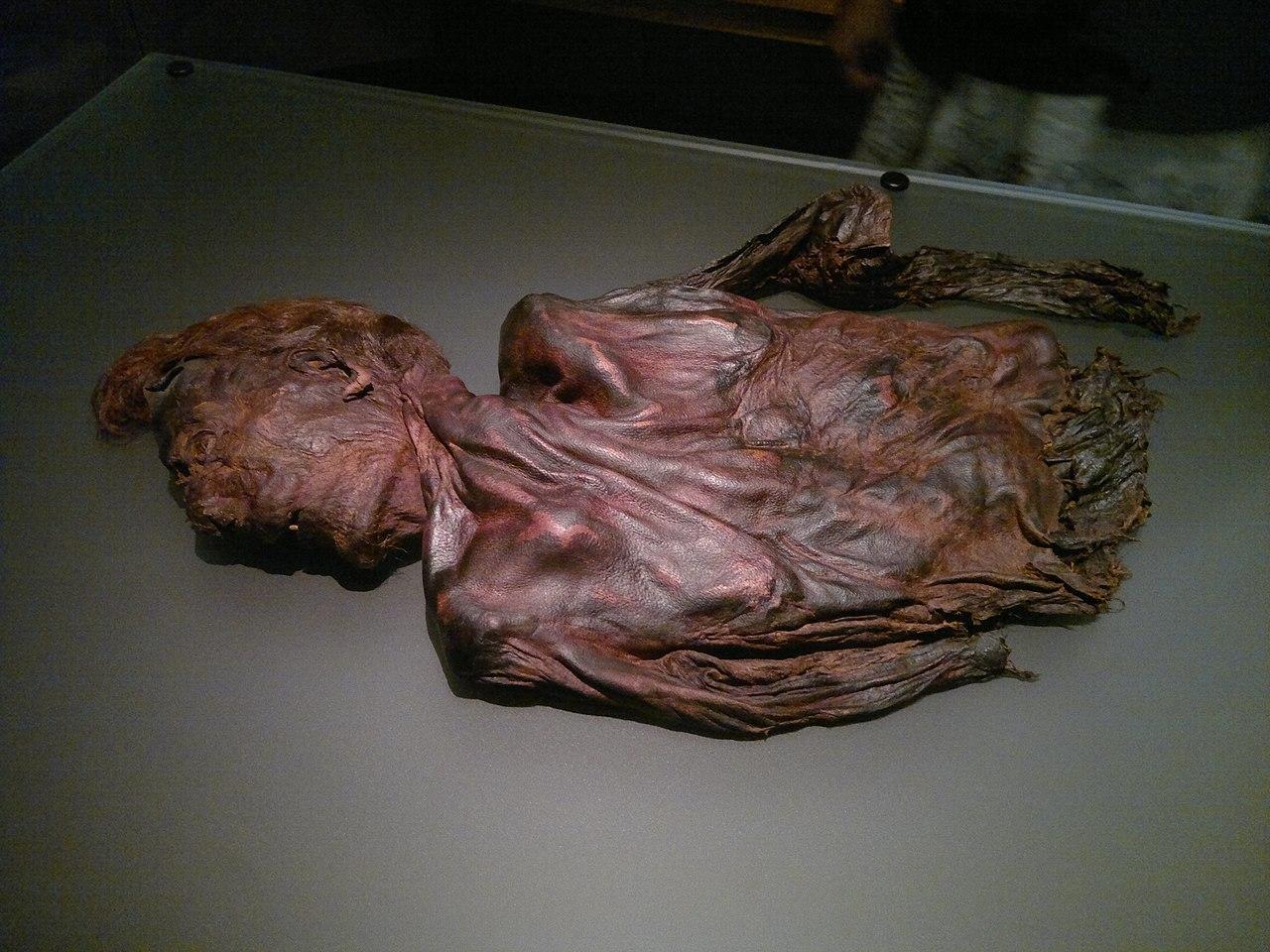
Source: Wikimedia
Following a meticulous DNA analysis, researchers discovered that many of the deceased were related to one another.
The Burials
Archaeologists at the site have determined the bodies were buried on their sides during the Stone Age and eventually sunk to a depth of 3 feet below the surface of the dirt.
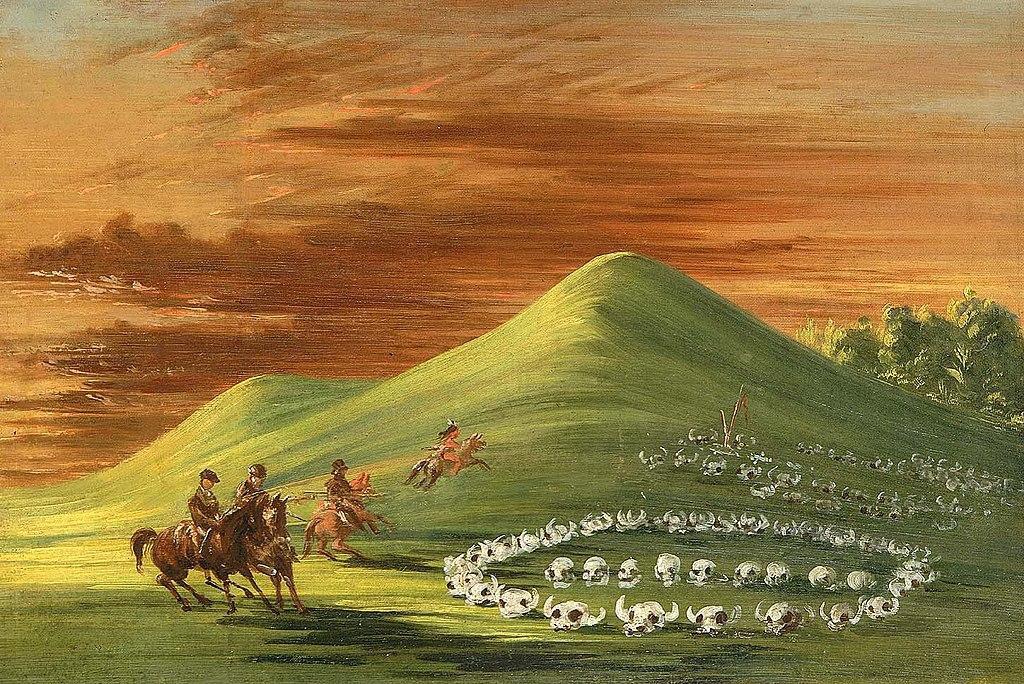
Source: Wikimedia
They remained undisturbed for up to 8,000 years until they were eventually stumbled upon by the construction team working in the region.
The Longevity of the Bog Bodies
During investigations of the remains, researchers revealed humans of all ages were buried at the site.
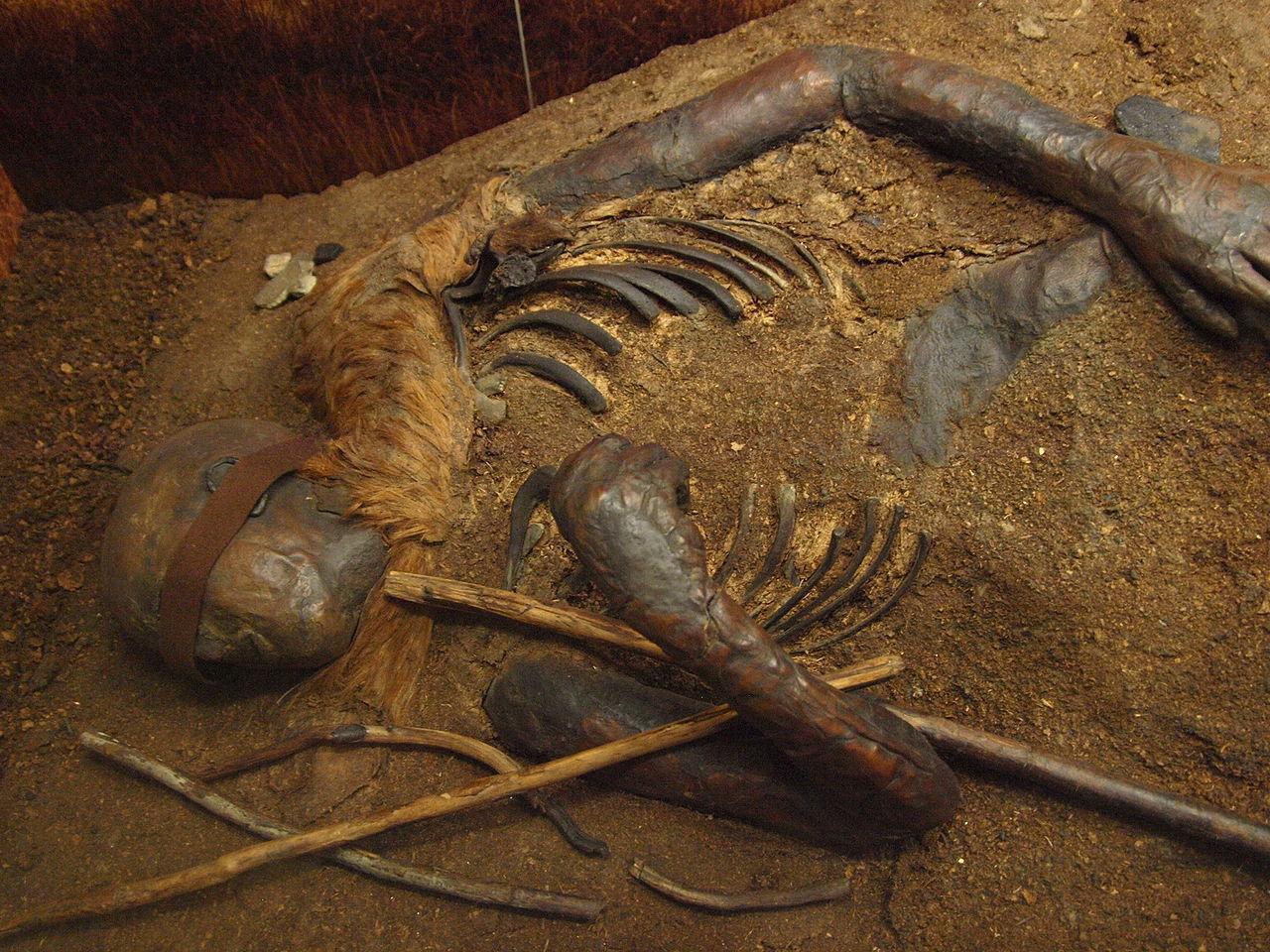
Source: Wikimedia
According to their reports, the women were, on average, 5 feet 2 inches tall, whereas the men averaged 5 feet 6 inches, with some reaching 6 feet tall. They had strong figures and lived generally long lives, with many reaching 70 years old.
How Were the Bodies so Well Preserved?
During their investigation of the site, researchers explained why the bog bodies were so well preserved, and it’s all to do with the water chemistry at Windover.

Source: Wikimedia
According to experts, the water contained a significantly high number of minerals, which, among several other minor factors, inhibited the growth of bacterial and fungal decomposition of tissue, which is generally observed on bodies left in the open.
Migrants From Asia
Several decades after the initial discovery, researchers reexamined the DNA of the bog bodies and discovered they had come from Asia at some point in the distant past.
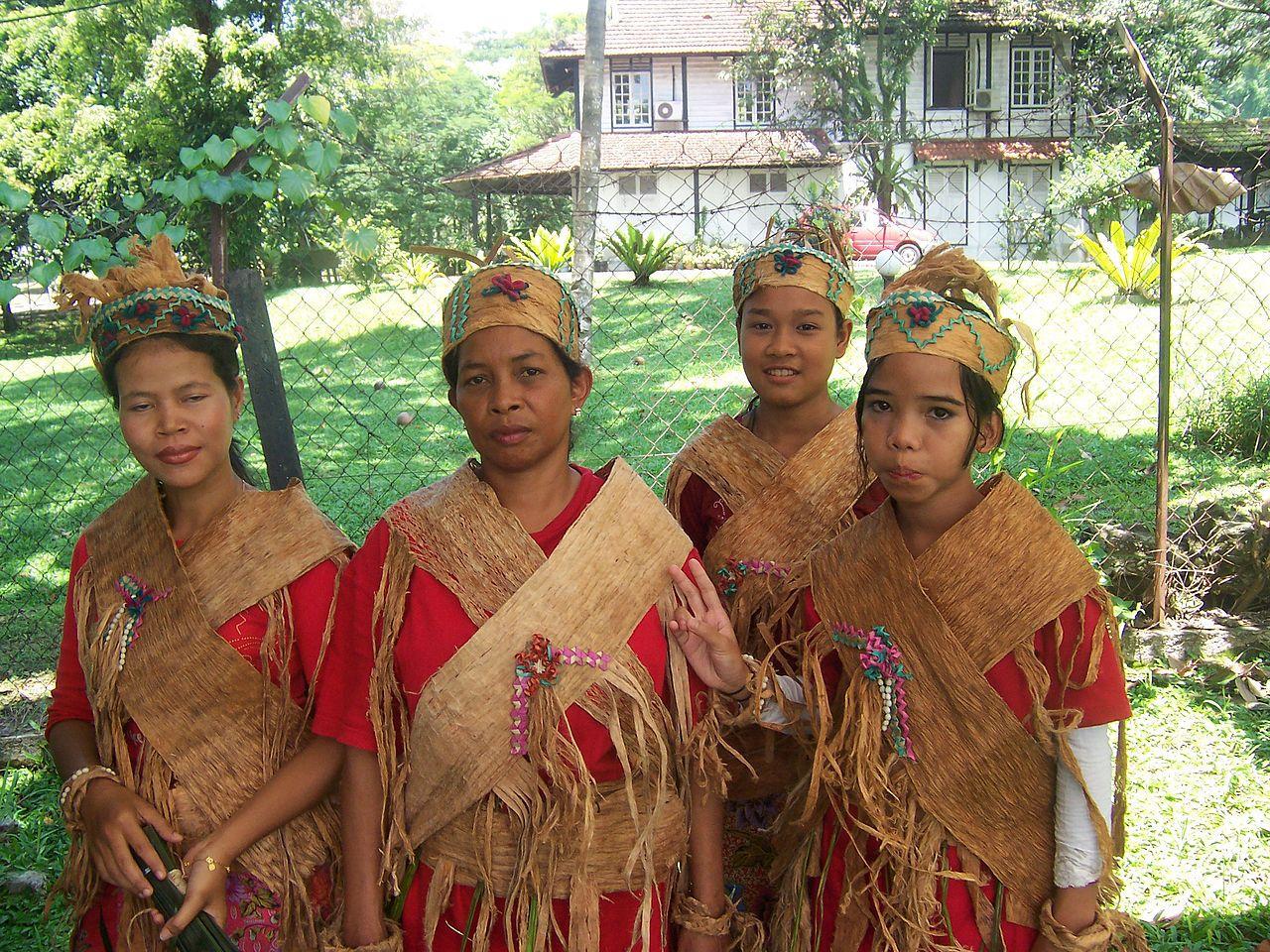
Source: Wikimedia
However, researchers were surprised to discover that the bog body replies didn’t belong to any known Native American tribe or prehistoric group from the region. This led them to conclude that the bog body replies’ ancestry was extinct.
The Magnitude of the Discovery at Windover
Several other bog bodies discoveries have been made throughout Florida, yet a discovery of the magnitude witnessed at Winover is unlikely to ever occur again.

Source: Freepik
The discovery at this pond in Florida sheds new light on the ancient inhabitants of the US thousands of years ago and the amazing journey they made from Asia to Florida, highlighting a significant part of human history.
Another Discovery of Indigenous Graves
This wasn’t the first time that Indigenous people were found in a body of water in Florida. In 2018, the Florida Department of State announced that it had unearthed an Early Archaic Native American burial ground off the coast of Manasota Key.
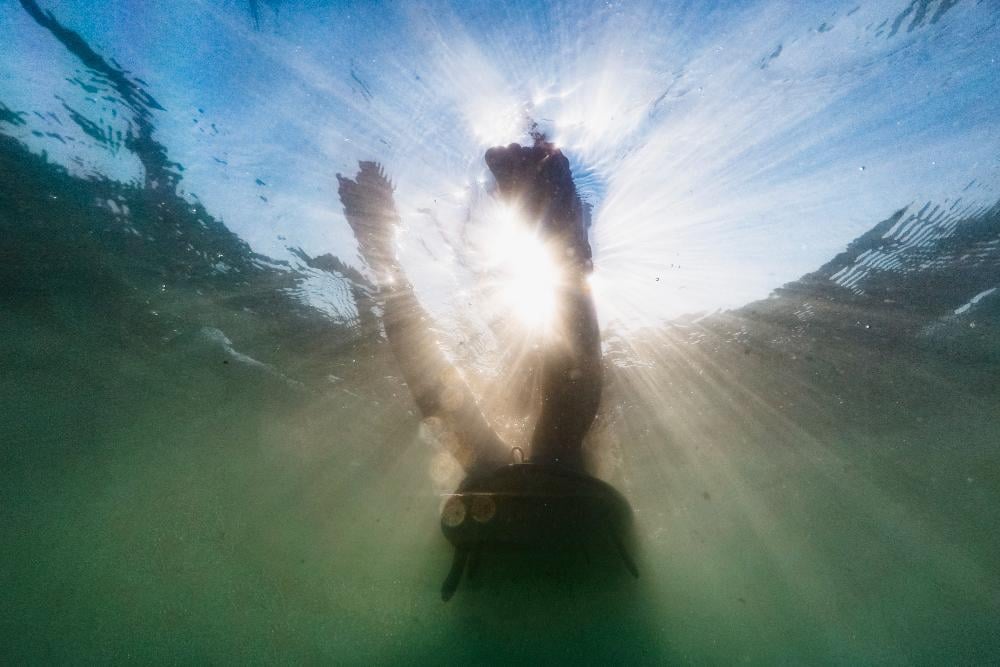
Source: Freepik
The Archaeologists identified the remains of six individuals, but they believe that more bodies may lie beneath the sea floor.
Finding the Site
A diver looking for prehistoric shark teeth found a jawbone with a molar still attached. The diver brought the relic to the attention of Florida’s Bureau of Archaeological Research, which confirmed that the jawbone had come from a human.
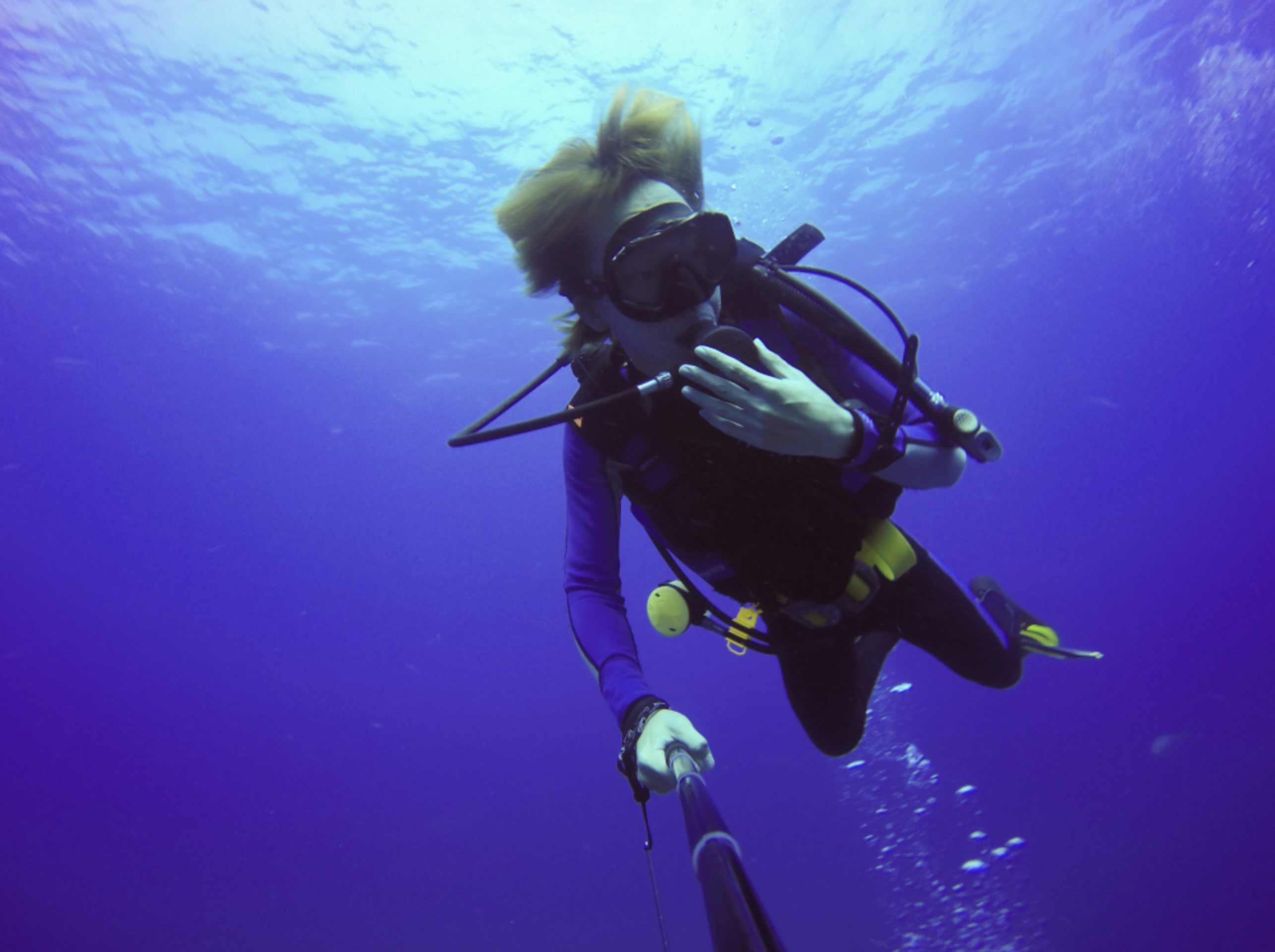
Source: Freepik
A team of underwater archaeologists set out to explore the site where they found the bone, eager to discover something from the past.
The Ancient Graveyard
The Florida Department of State said that the burial ground dates back to 7,000 years ago when the sea levels were much lower than they are today. A small inland freshwater pond was located where the bodies were found.

Source: Freepik
Ancient Indigenous people buried their dead in ponds, hammering sharpened stakes into the pond bed that surrounded the body with wooden markings that could be seen from land.
The Peat the Stayed
The newly discovered graveyard was eventually covered with deeper waters, but a key ingredient remained intact.
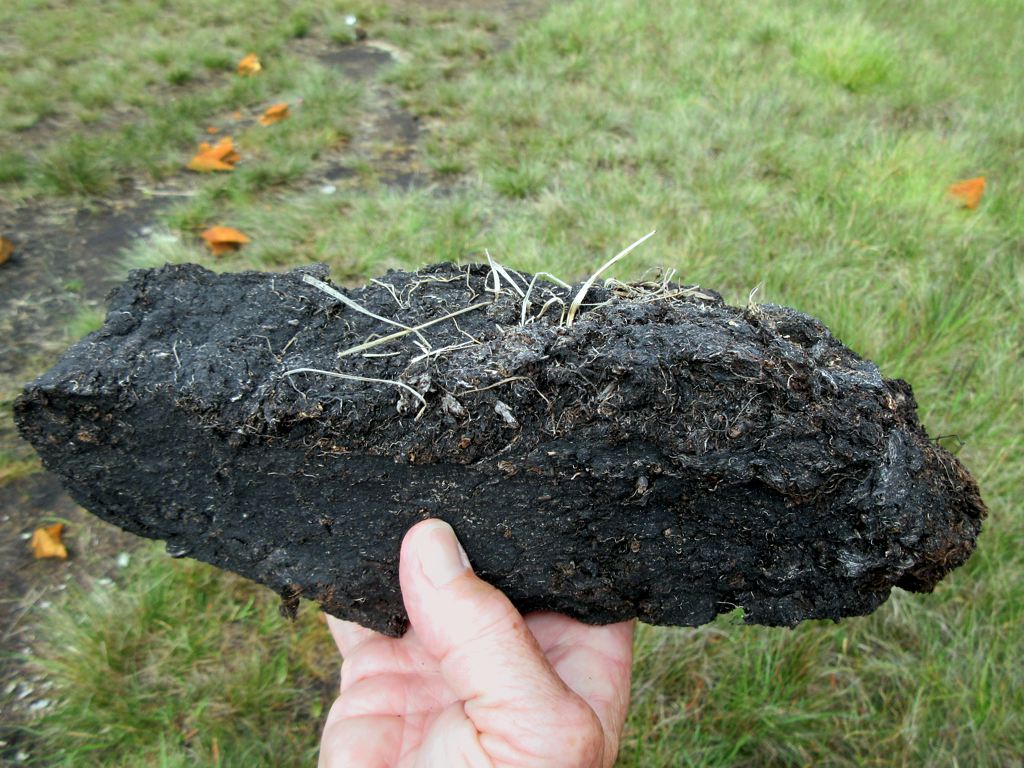
Source: David Stanley/Wikimedia Commons
“Peat slows the process of organic decay,” the Florida Department of State explains in its statement, “which allowed the site to stay well preserved.”
A Rare Find
It is very rare to find submerged offshore prehistoric burial sites that are still intact, especially in North America. Researchers most commonly find “bog burials” in Northern Europe.
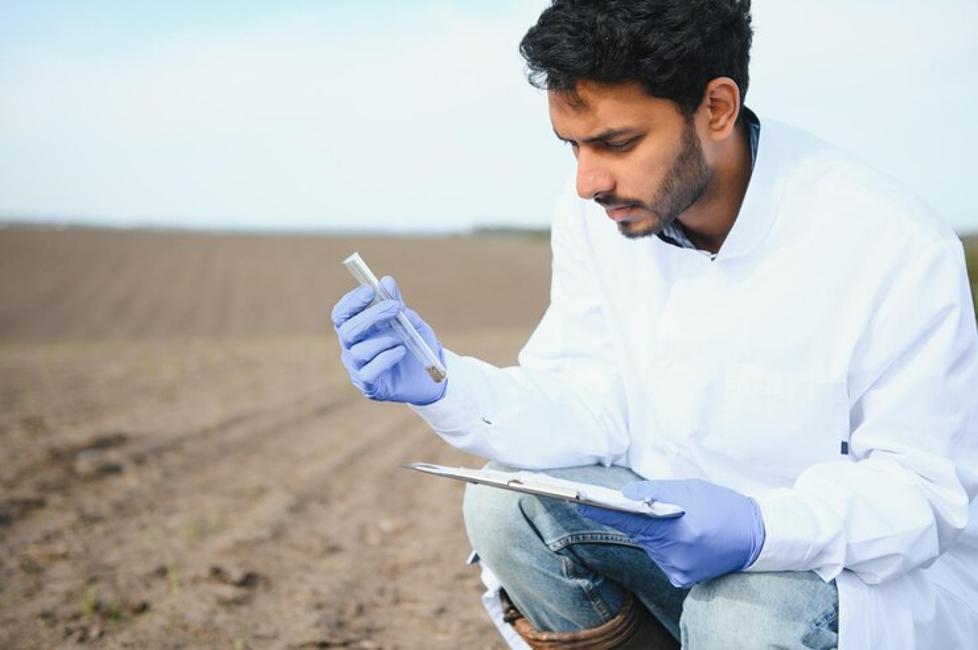
Source: Wikimedia
Some bodies, including those found near Cape Canaveral, are so well-preserved that their brains have survived to modern times.
Other Underwater Graves
The discovery of Manasota Key suggests that the regions may hold other unexplored Native American burials that have managed to survive over the millennia.

Source: Guspederson/Wikimedia Commons
Florida archaeologists are working to dry and desalinate the bones of the bodies they discovered, hoping that the remains will lead to new insights about the prehistoric population of what is now modern-day Florida.
Take Steps to Protect the Site
Officials are taking steps to ensure that they treat the remains of Native Americans found in these grave sites respectfully, in accordance with the Native American Graves Protection and Repatriation Act.
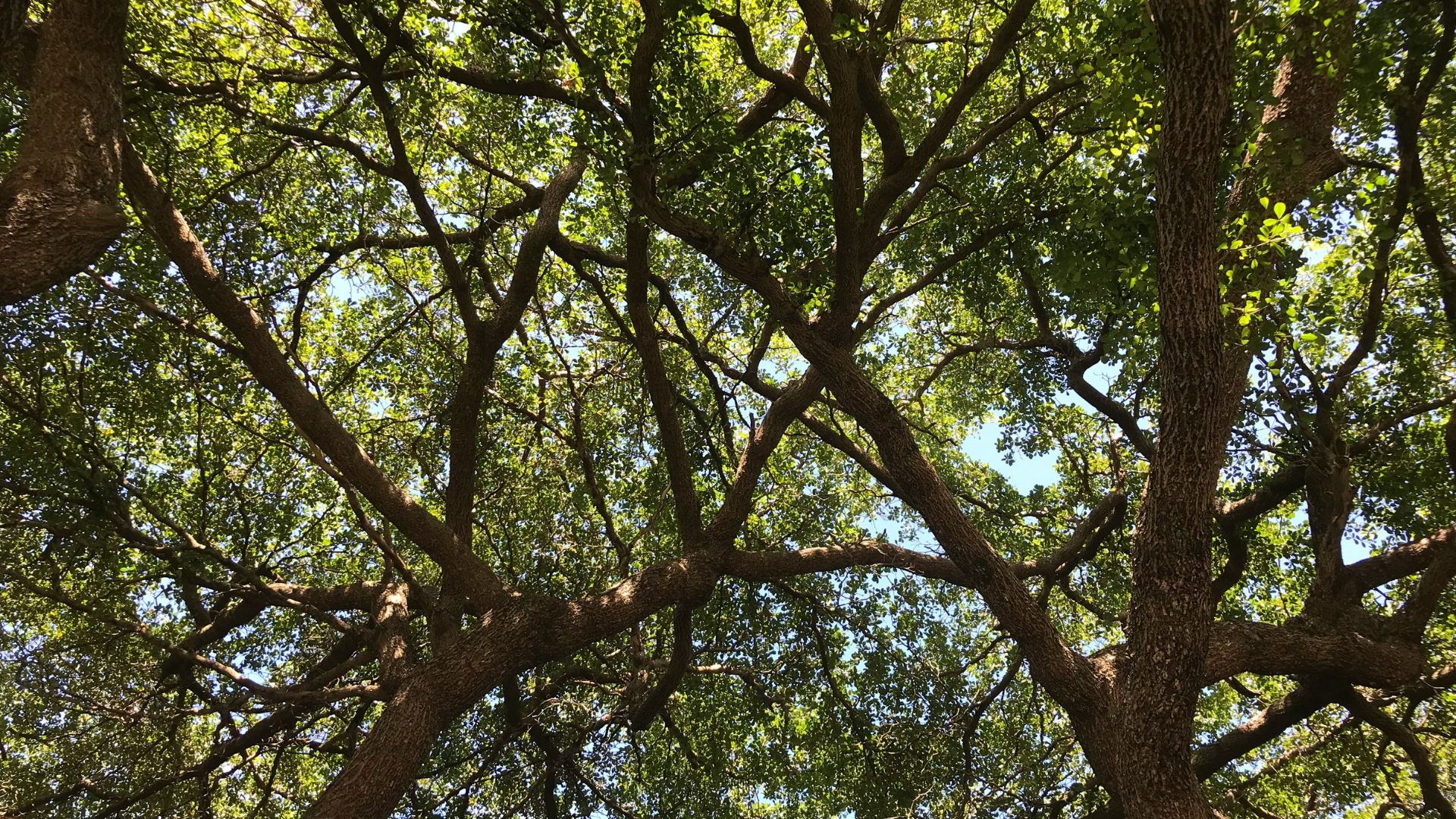
Source: Melissa Mullin/Unsplash
Florida law protects the graveyard site, making it illegal to remove or disturb any artifacts in the area.
Treating the Graves with Respect
“As important as the site is archaeological, it is crucial that the site and the people buried there are treated with the utmost sensitivity and respect,” Timothy Parsons, director of Florida’s Division of Historical Resources, said in the Department of State’s press release.

Source: Freepik
“The people buried at the site are the ancestors of America’s living indigenous people. Sites like this have cultural and religious significance in the present day.”
The Bodies Discovered
“What we currently are thinking is that when an individual passed, they would have been wrapped in handwoven fibers and sunk to the bottom of the pond,” Ryan Duggins, the bureau’s underwater archaeology supervisor, explained to National Geographic.

Source: Freepik
“A series of fire-hardened and sharpened stakes would be pounded into the pond bed around the body with the tops of those stakes protruding above the water line.”
Looking Into the Past
Archaeologist Michael Faught, a trailblazer in prehistoric underwater archaeology in Florida, states that the Manasota Key Offshore site features “impressive preservation of organic materials that are rarely found on land.”

Source: Freepik
“These items can help us reconstruct the environment, subsistence, and cultural behaviors, and these data can be used to see how behaviors evolved, or if there are new immigrants to the area or both,” Faught adds.
